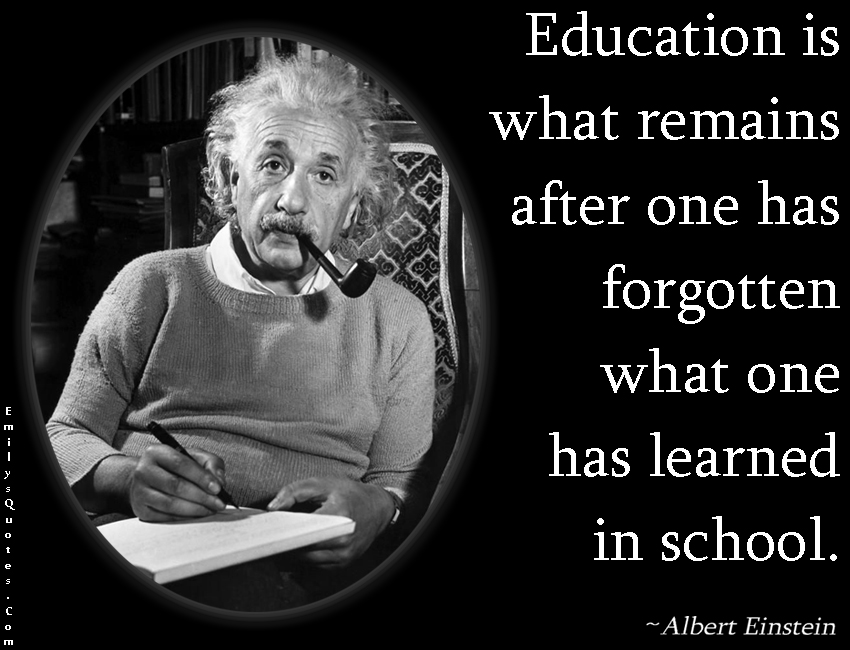We all know it. The struggle to teach to different groups of students in our current hybrid situation. The factor I’ve struggled most with since our return to school is maintaining equity for all students, but especially the students remaining at home full-time.
With that in mind, I reflected over break about the reading experience in my junior English classes last semester. EdPuzzle enabled me to expand student knowledge about racial issues tied to American history that The Underground Railroad touches on in a way I hadn’t before. The leverage of engaging videos also enabled me to cover many more ideas in the curriculum that I wasn’t able to last year. Still, my ability to promote and hold students accountable to an authentic reading of The Underground Railroad wasn’t what I could do in person.
Strategies, including team-reading discussion boards were not as effective. Despite posting an agenda and calendar throughout the unit on Schoology, many students simply admitted forgetting to do the discussion board. Many said they forgot about it because it “didn’t show up as an assignment” on Schoology.
I also noticed that team-reading, small Socratic seminars were hit-and-miss as some students consistently read and many others clearly didn’t. This did happen prior to the Pandemic in my classes, but on a much smaller scale. While I was able to police these strategies and provide daily reminders in the classroom pre-Pandemic, these strategies were largely ineffective in our current situation. I don’t have the same immediate access to students and the ability for check-ins and conversations that students can’t avoid.
So, in preparing for the second semester I wanted to promote authentic reading and also create a new way to hold my students accountable. That has led me to returning to a couple of old-school approaches I haven’t used in my classes in quite some time.
Every time I teach The Great Gatsby I find a new piece of language or concept to analyze, or a student has a brand-new insight. It is the beauty of teaching this masterpiece. However, it also comes with a struggle for how best to teach it as it entails a text that can be difficult and ambiguous at times, especially for teenagers.
The writer craft choices that F. Scott Fitzgerald makes are subtle. It is this fact that enables him to characterize not only an infamous time in American history, but also the excess and decadence that an exclusive group had access to from family money or though the free market exploding with the Industrial Revolution.
I have always found that the “aha moments” for students require early modeling of characterization, for example, from the teacher with any novel, let alone The Great Gatsby. So, I focused many class sessions early in the unit on live reading of passages and my modeling and class discussion of characterization. Each class section authentically-genuine in its own way. Fitzgerald’s language, like that of plays, is best heard aloud.
However, I do not have all of my students in class at one time. So, I have decided to employ an audiobook of The Great Gatsby through EdPuzzle, with reading comprehension and thematic questions and historical information built into the audio. The goal is for students to read along with the novel while the strategic questions help prepare them for the small-group discussions and class activities that reinforce the reading and skills of the unit.
Another added bonus about EdPuzzle is that it tracks the time a student spends on it. For me that is an beyond a bonus as it tells me how much time they are spending answering questions (if any) or if they are just listening to the audio to complete it. Not to mention it shows up as an assignment in Schoology, so no more it “didn’t show up as an assignment” excuses from students.
The other reality is that kids can find plenty of sources online to cheat their way through the reading, whether in person or in our current hybrid model. So, I have also decided to give short reading quizzes in my classes for the first time in three years. The goal again is to hold students accountable to authentic reading and guidance I have set up through the audio and questions on EdPuzzle.
Just before posting this blog, I received the following email from a student:
I was wondering if the second chapter Edpuzzle would be available to be released this weekend if we are going to continue reading like that? I really enjoyed reading along with the audio. I think hearing the voice brings the characters to life and, in return, makes me more invested in the story. The questions were also helpful in making me think deeper about the text. I am excited to continue with the book.
I can only hope that this is the common experience in my classes, for now. I will report back at the end of the unit if this approach was effective overall.














